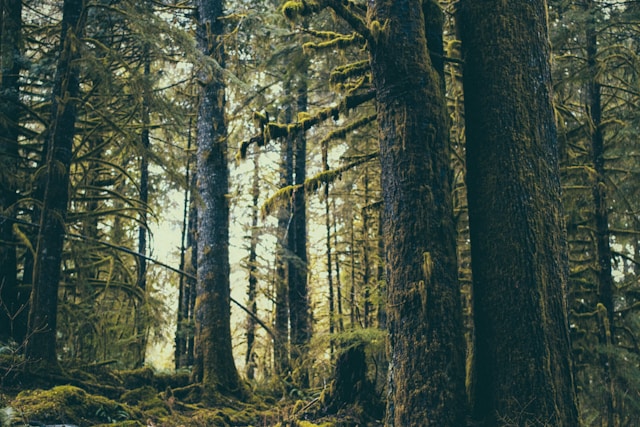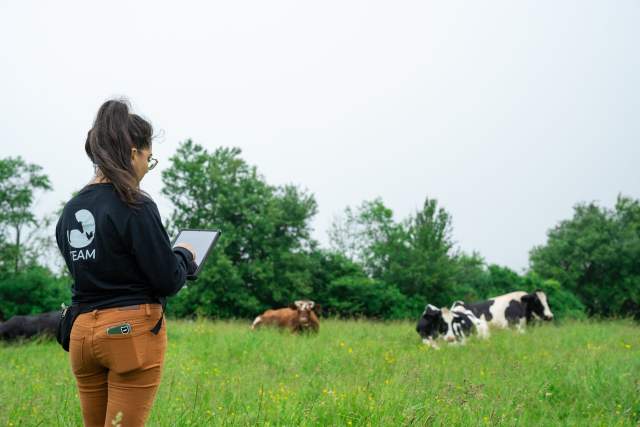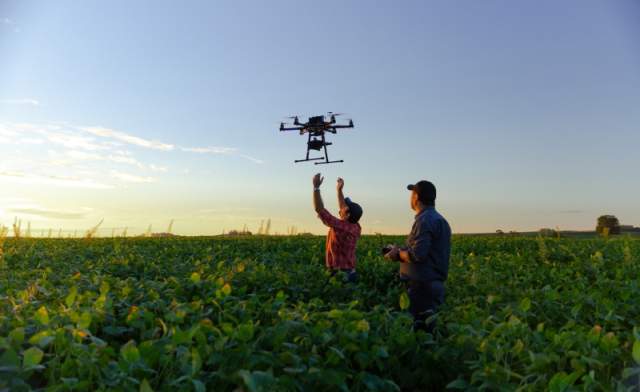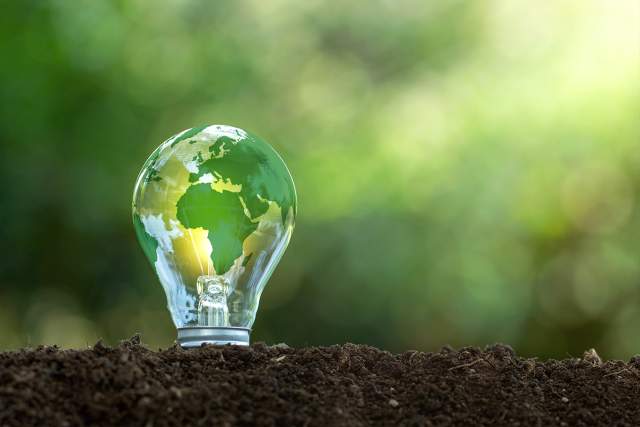Okay, have you ever walked through a forest that just felt completely alive? Or maybe stood by the coast, just amazed by all the birds and sea life? That incredible buzz? That’s biodiversity doing its thing. But, let’s be real, human activities have unfortunately messed up a lot of these amazing places. The good news, though? There’s a really powerful movement happening: habitat restoration. And honestly, it’s way more than just planting a few trees. It’s about genuinely breathing life back into landscapes that have taken a hit, and making sure there’s a future for countless species – including us!

So, What Exactly is Habitat Restoration?
Basically, habitat restoration is all about helping an ecosystem get back on its feet after it’s been degraded, damaged, or even destroyed. You can kind of think of it like ecosystem rehab, but on a bigger scale. Now, it’s not really about making a perfect copy of how things used to be. It’s more about kickstarting those natural processes so the ecosystem can start healing itself and get back to being healthy and functional.
The techniques used in effective habitat restoration?
Well, they’re super varied because it all depends on the specific place and what kind of damage has been done. Some things they might do include:
- Getting rid of invasive species – you know, those ones that push out the native plants and animals.
- Bringing back native plants, sometimes using seeds they’ve gathered from healthy spots nearby.
- Getting the water flowing naturally again in rivers and wetlands (that’s called hydrological restoration).
- Rebuilding physical structures, like oyster reefs or even coral gardens (bioengineering in ecology is pretty cool!).
- Making the soil healthier, maybe by controlling erosion or adding organic stuff back in.
- Reintroducing key animal species that play a super important role, like predators or pollinators.

Yeah, this kind of ecological repair takes some serious planning, a good bit of science, and often, quite a lot of patience!
Why Does Habitat Restoration Matter So Darn Much?
Okay, the impact of habitat restoration on biodiversity is huge, seriously. When habitats get degraded, species lose their homes, their food sources, and places to raise their young. That can lead to populations shrinking or even disappearing completely. Restoration helps turn that around by:
- Giving plants and animals the essential space they need to live.
- Increasing the amount and variety of food available.
- Creating pathways that connect broken-up habitats, which lets wildlife move around and populations mix.
- Generally boosting flora and fauna recovery and making them more resilient.
It’s a really clear example of how habitat restoration supports ecosystem recovery. Plus, healthy, restored ecosystems give us all those essential things we rely on – like clean air and water, good soil for farming, pollination for our crops, and even protection from floods and storms. It’s also super important for wildlife population recovery through habitat restoration, helping bring species back from the edge. Have you ever actually seen a local wetland or woodland area being restored? It’s pretty amazing to watch nature bounce back when we give it a little help.
7 Amazing Habitat Restoration Projects Transforming the Planet
Let’s take a quick trip around the globe and check out some truly inspiring successful habitat restoration projects worldwide:
- The Great Green Wall, Africa: Wow, this is definitely one of the most ambitious examples of large-scale habitat restoration out there. It stretches right across the Sahel region, and the whole idea is to fight back against desertification by planting millions of trees and using smart land management. They’re basically creating this patchwork of green, productive landscapes, which helps with food security and sucks up carbon. Talk about land reclamation and ecological repair on an epic scale!
- Yellowstone National Park, USA: Remember when they reintroduced wolves back in the 90s? That’s like, a textbook example of restoring balance to an ecosystem. As top predators, the wolves set off this amazing chain reaction: they kept the elk numbers in check, which let willows and aspen trees grow back along the rivers. That, in turn, helped stabilize the riverbanks and was great news for beavers. It just goes to show how bringing back one key species can lead to widespread wildlife habitat improvement.
- The Atlantic Forest, Brazil: This place used to be massive, a real hotspot for biodiversity, but sadly, so much of it has been cut down. Thankfully, lots of conservation projects are working hard on reforestation with native trees and creating wildlife corridors to link up the forest patches that are left. These restoration strategies for tropical rainforests are absolutely vital for protecting tons of unique species you just don’t find anywhere else.
- Kissimmee River Restoration, Florida, USA: This is a huge environmental restoration project. They’re trying to undo the damage from when the river was straightened out into a channel back in the mid-20th century. By putting the natural curves back in the river and reconnecting it to its floodplain, they’re bringing over 40 square miles of river-floodplain ecosystem back to life. This is great for wading birds and fish, and it even improves water quality downstream heading towards the Everglades. It’s a fantastic example of restoring how water naturally functions in a landscape.
- Coastal Restoration in Louisiana, USA: Louisiana is facing some serious land loss because of sinking ground and rising sea levels. So, they’re trying all sorts of case studies on coastal habitat restoration. We’re talking rebuilding barrier islands, creating marsh terraces, using river sediment to actually build new land, and planting marsh grasses. These efforts are all about protecting coastal communities and those super important nursery habitats for fish.
- Mangrove Restoration in Southeast Asia (e.g., Indonesia, Philippines): Mangroves are incredibly important coastal ecosystems – they protect against storms and are vital habitats. A lot of projects in this region involve local communities planting mangrove seedlings and restoring the natural tidal flows. Community involvement in habitat restoration efforts is really strong here, which makes sense because people see the direct benefits for their own lives. These are some key sustainable restoration methods in action.
- Flevopark Nature Restoration, Amsterdam, Netherlands: And hey, restoration isn’t just for wild places! This project shows off urban habitat restoration and its benefits. Right inside a city park, they transformed areas to create more natural wetlands and meadows. Guess what? It boosted local biodiversity, helped with water management, and gave city folks a wonderful green space to relax and connect with nature. It proves that nature reserve enhancement can totally happen even in developed areas.
Okay, Let’s Talk Challenges: How Do We Actually Make Restoration Happen?
While the potential here is massive, habitat restoration definitely isn’t a walk in the park. There are hurdles.
- Funding: Yep, big projects need serious cash. Funding sources for habitat restoration initiatives can come from all over – government grants, international aid, private donations, carbon markets, even partnerships with companies. But finding enough money, and keeping it coming, is often a real challenge.
- Technology: You know, the role of technology in habitat restoration projects is getting bigger all the time. People are using drones to map areas and even plant seeds, remote sensing helps track how things are going, and genetic analysis can guide which native species to use. Tech can definitely make restoration work smarter and faster.
- Community & Policy: Success often boils down to local support. Getting the community involvement in habitat restoration efforts ensures projects actually meet local needs and encourages people to look after the area long-term. Plus, having supportive government policies on habitat restoration, like offering incentives to landowners or having rules to stop more damage, is also super important.

The Future Looks Regenerative: Looking Ahead
Habitat restoration is way more than just cleaning up past messes; it’s really an investment in a healthier, stronger future for everyone. The long-term effects of habitat restoration on environment are pretty amazing – think better carbon storage to fight climate change, more secure water supplies, better protection against natural disasters, and of course, thriving biodiversity.
And don’t forget the educational impact of habitat restoration! These projects are fantastic hands-on learning opportunities. They connect people (especially kids!) with nature and hopefully inspire the next wave of conservationists. Imagine school trips where kids actually get to help plant native wildflowers or monitor bird populations – that’s powerful stuff, right?

Ultimately, habitat restoration gives us a really hopeful path forward. It shows that we can start to heal our relationship with the natural world and actively help our planet’s amazing ecosystems recover. From huge forests to little urban wetlands, every single act of ecological repair adds up to a richer, more vibrant world.
So, what kinds of restoration efforts are happening near you? Have you ever thought about rolling up your sleeves and getting involved? Seriously, the journey to heal our planet needs all of us. Let’s keep supporting and cheering on these vital conservation projects!
